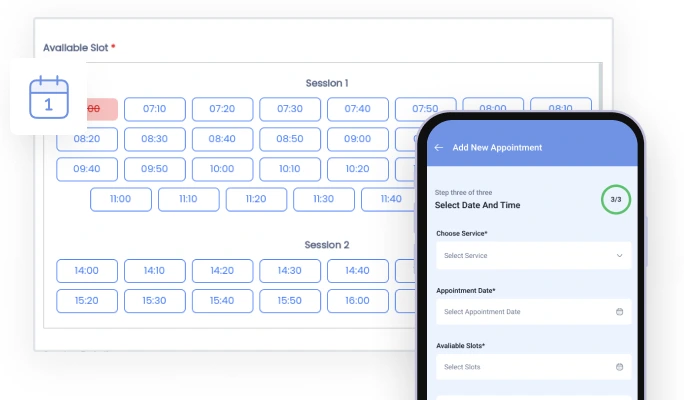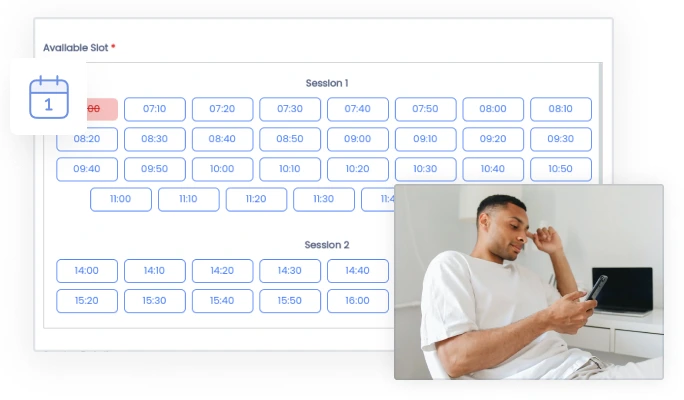The world is advancing, and so is our technology. Today, more than 63% of appointments are scheduled online. Patients need not visit a clinic, stand in queue for hours, and book an appointment.
Instead, they can log in to their doctor’s website, find a suitable date and book their appointment within a few clicks. Also, 68% of patients prefer professionals who allow patients to book, change, or cancel appointments online.
Also, when others cancel at the last minute, it allows new patients to see you sooner. This is significant because, according to Patient Pop research, new patients who wait more than a month for their appointments are twice as likely to cancel as those who are scheduled within a week. This is a win-win situation for your company and your patients.
No-show rates are a significant concern. Due to constant work pressure and never-ending hassles, patients tend to forget more about their health than their deliverables. This is one of the reasons why the quality of care is improvised significantly in developing countries.
Choose the one that will benefit your health system:
Note: Do not spam the patients with unnecessary information, as it may create a wrong impression.
Best practices at Healthtech Zone recommend sending patients no more than three appointment reminders. Manage to space out these reminders periodically.
Prioritize user experience and patient satisfaction in your patient engagement strategy.
In a case study published by Patient Engagement HIT, NYC Health, Hospitals used short text messages to touch base with patients before their appointments, asking them to confirm that they were coming. After the successful implementation of the follow-up technique, missed appointments dropped to 27%. They shrank to 21% in another six months — quite low for such a large health system.
Aside from encouraging patients to make appointments, you should look for patient engagement tools that will allow you to learn when they won’t be able to attend — and do so in time to schedule another appointment. Your Care Management platform should integrate with your call center so patients can manage their care online. Frontline staff can see canceled appointments in real-time and schedule new ones quickly.
Most hospitals have a portal that provides them with the patient’s history through a unique code. Patients will have access to this portal using the credentials that have been assigned to them. It is advised that they must access the portal through their devices and never share it with anyone else. As it may cause an information breach.
Multiple vendors provide a 360-degree platform that allows them to book appointments, schedule virtual meetings, make payments, and store records.
When patients have control over their healthcare, they communicate more frequently, and their satisfaction rises as they feel supported between visits.
A route to customer satisfaction goes through incomparable customer support. Patients face many dilemmas considering the required treatments, bills, appointments, and documents.
According to McKesson, pharmaceuticals can generate a three-to-one return on investment, driving revenue and patient loyalty to health systems. They return again and again when they are helped quickly in their time of need. That is the highest return on investment for any practice.
An experienced individual can handle the entire transaction, freeing up time for the clinical team to interact with their patients on their terms.
By using telemedicine software, patients do not have to schedule an appointment to see a doctor for diagnosis and treatment. Online consultations allow patients to consult a doctor at their convenience.
Over the past few years, the adoption of an EHR by office-based physicians has nearly doubled, rising from about 40% to 89%. Why is that? because they are receiving better and quicker payments. Although it is prestigious, volunteering for a cause or a group cannot be done solely for financial gain. Therefore, a clinic and patient management system EHR is required to support daily expenses and increase earning potential.
With modern client billing and payments, you can easily get paid more quickly as a medical professional. Utilizing the simple bill-generating feature simplifies payment. Patients may also create their invoices. Additionally, they can modify it as needed and pay the fee.
Start your virtual clinic today!



